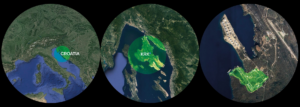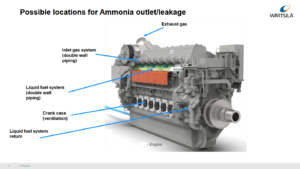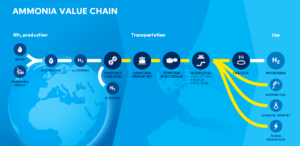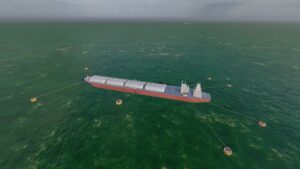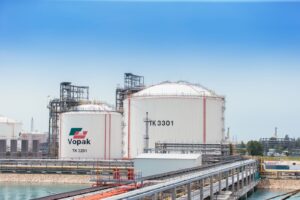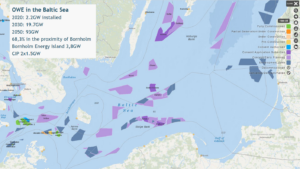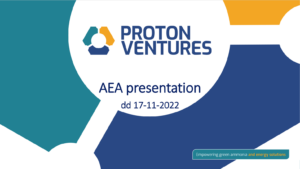Green Energy Park to link Brazil & Europe via ammonia energy exports
Green Energy Park has announced that its first ammonia production & export facility will be located in the State of Piauí, Brazil. In the initial phase, one million tonnes of ammonia per year will be produced & exported to a midstream distribution hub on the island of Krk in Croatia, which is on the doorstep of key European industrial regions.
